Cutting ties with toxic people isn’t just an emotional decision —
it’s a survival move.
Yet, for many of us, the hardest part isn’t recognizing the toxicity.
It’s dealing with the guilt afterward.
You wonder:
- Am I a bad person for leaving?
- What if they change?
- Should I give them one more chance?
- Am I abandoning them?
If you’ve ever asked yourself these questions, you’re not alone.
The truth is, you can end toxic relationships safely —
and you can walk away without carrying guilt that was never yours to bear.
Here’s exactly how to do it.
Step 1: Recognize That Staying Out of Guilt Hurts Both of You
One of the biggest guilt-traps is the belief that staying somehow helps the other person.
It doesn’t.
When you stay out of obligation:
- You reinforce their unhealthy behavior.
- You sacrifice your own peace, health, and growth.
- You model unhealthy relationship patterns for yourself and others.
Leaving isn’t betrayal — it’s choosing truth.
Sometimes, walking away is the most honest and loving thing you can do for both parties.
👉 You’re not abandoning them — you’re refusing to abandon yourself.
Step 2: Accept That Not Everyone Is Meant to Stay in Your Life
We often feel guilty because we hold onto this myth:
“If I love someone enough, I can fix them.”
But love isn’t always enough to sustain a relationship — especially when:
- There’s repeated disrespect
- There’s emotional, spiritual, or physical harm
- There’s no true accountability from the other side
Some relationships are seasonal, not lifelong.
Some people are teachers through pain, not companions for your journey.
Acceptance releases guilt.
Not everyone who enters your life is meant to stay.
And that’s okay.
Step 3: Prepare Yourself Emotionally for the Pushback
When you cut off a toxic person, you’ll often face pushback:
- Guilt trips (“After all I’ve done for you…”)
- Emotional manipulation (“You’re just like everyone else.”)
- Threats or outbursts (“You’ll regret this!”)
Expect it.
It’s not a sign you’re wrong —
it’s a sign their access to your energy is being denied.
Stay grounded:
- Expect emotional reactions.
- Have a support system ready (friends, therapist, coach).
- Rehearse your boundaries in advance.
Think of it like spiritual self-defense.
The first punches are often the hardest. But you are stronger than their tactics.
Step 4: Set a Clear, Firm, and Calm Boundary
When you cut off a toxic relationship, clarity is your shield.
Don’t get trapped into:
- Explaining yourself endlessly
- Debating your worth
- Trying to “win” the argument
Instead, be brief, calm, and final:
Example:
👉 “This relationship is no longer healthy for me. I need space and I won’t be continuing contact. I wish you well.”
- No open-ended language.
- No false hope.
- No long letters justifying your decision.
Clear energy = clear boundaries.
Step 5: Cut All Contact (Yes, All)
Halfway disconnections don’t work with toxic people.
They see it as an invitation to reenter and re-damage.
What “all contact” means:
- Block on phone, social media, email.
- No lurking, no checking their updates.
- No responding to third-party messages (“They miss you”).
- No leaving emotional windows open.
It’s not cruel — it’s necessary.
Imagine it like detoxing from a poison.
You wouldn’t take “just a little” of the poison again, right?
Cut clean. Heal fully.
Step 6: Replace Guilt With Compassion — for Yourself
Instead of asking,
“Why do I feel so guilty?”
ask,
“How can I offer compassion to myself right now?”
Ideas:
- Write a letter to your younger self, explaining why you’re choosing healing.
- Make a list of what staying cost you (energy, dreams, health).
- Affirm:
👉 “Choosing myself is not selfish. It’s sacred.”
Guilt loses its power when you meet it with compassion, not shame.
Step 7: Understand the Real Root of Your Guilt
Often, guilt after cutting off a toxic person doesn’t come from the present moment.
It comes from:
- Childhood conditioning (“Be nice no matter what.”)
- Family programming (“Family is everything, no matter how abusive.”)
- Religious or cultural guilt (“Forgive endlessly or you’re a bad person.”)
Recognize:
False guilt is learned, not natural.
You didn’t come into this world thinking you owe your soul to everyone who demands it.
You were taught that.
And you can unlearn it.
Healing the root makes every future boundary easier.
Step 8: Fill the Space With Healthier Connections
Nature hates a vacuum.
If you don’t consciously fill the space left by cutting off toxic people, old patterns will try to creep back in.
Instead, nourish yourself with:
- Friends who celebrate your growth, not fear it
- Communities aligned with your values
- New hobbies, passions, and projects that light you up
You didn’t just end a relationship.
You made room for something better.
Step 9: Remember — You Are Allowed to Choose Peace Over Chaos
In case no one ever told you:
✅ You are allowed to walk away from people who drain your spirit.
✅ You are allowed to stop explaining your worth to people committed to misunderstanding you.
✅ You are allowed to choose a life that feels good — even if it disappoints others.
You don’t have to earn peace by suffering first.
You’re allowed to simply have it.
Final Words: You Don’t Have to Apologize for Saving Your Own Life
Cutting off toxic relationships isn’t easy.
It takes courage, clarity, and fierce self-love.
But you do not owe anyone your slow destruction in the name of loyalty.
You do not have to set yourself on fire to keep someone else warm.
Choosing yourself isn’t betrayal.
It’s survival.
It’s rebirth.
And you have the right to survive and thrive —
without guilt weighing you down.
🌿🛡️🔥


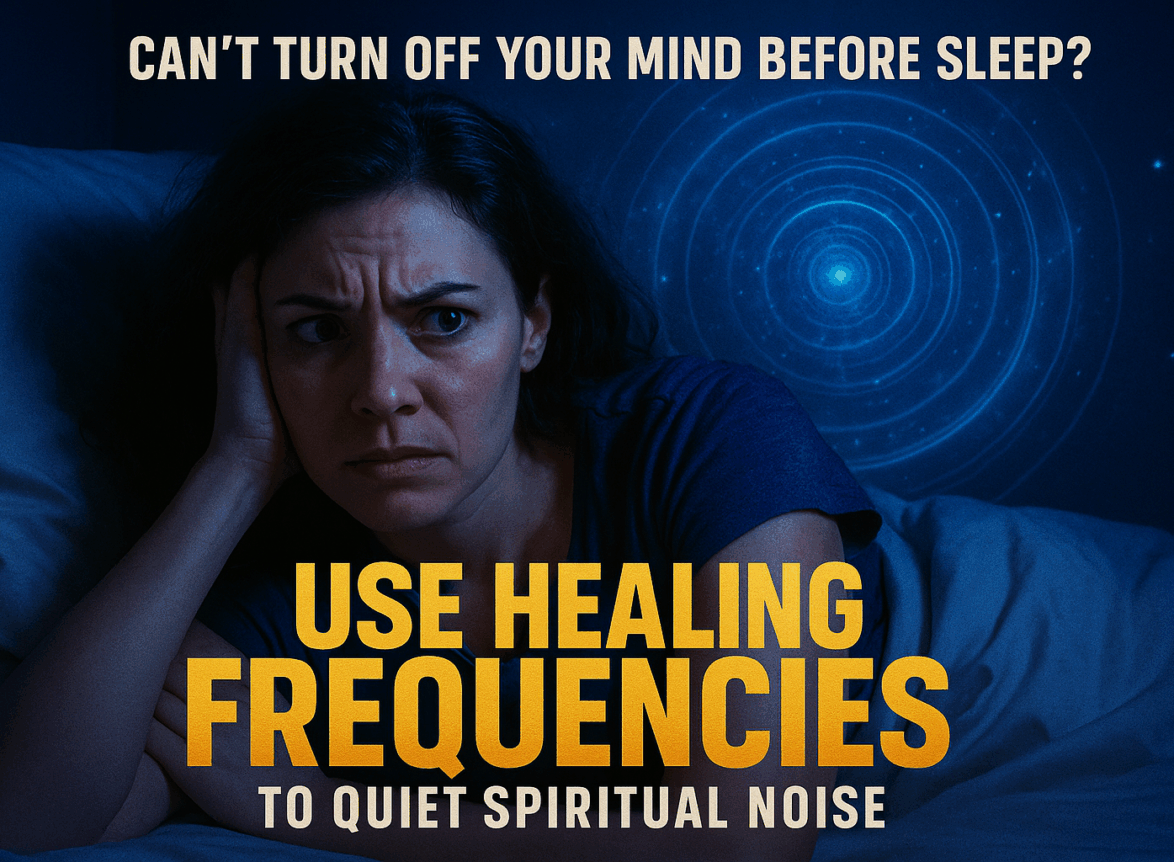
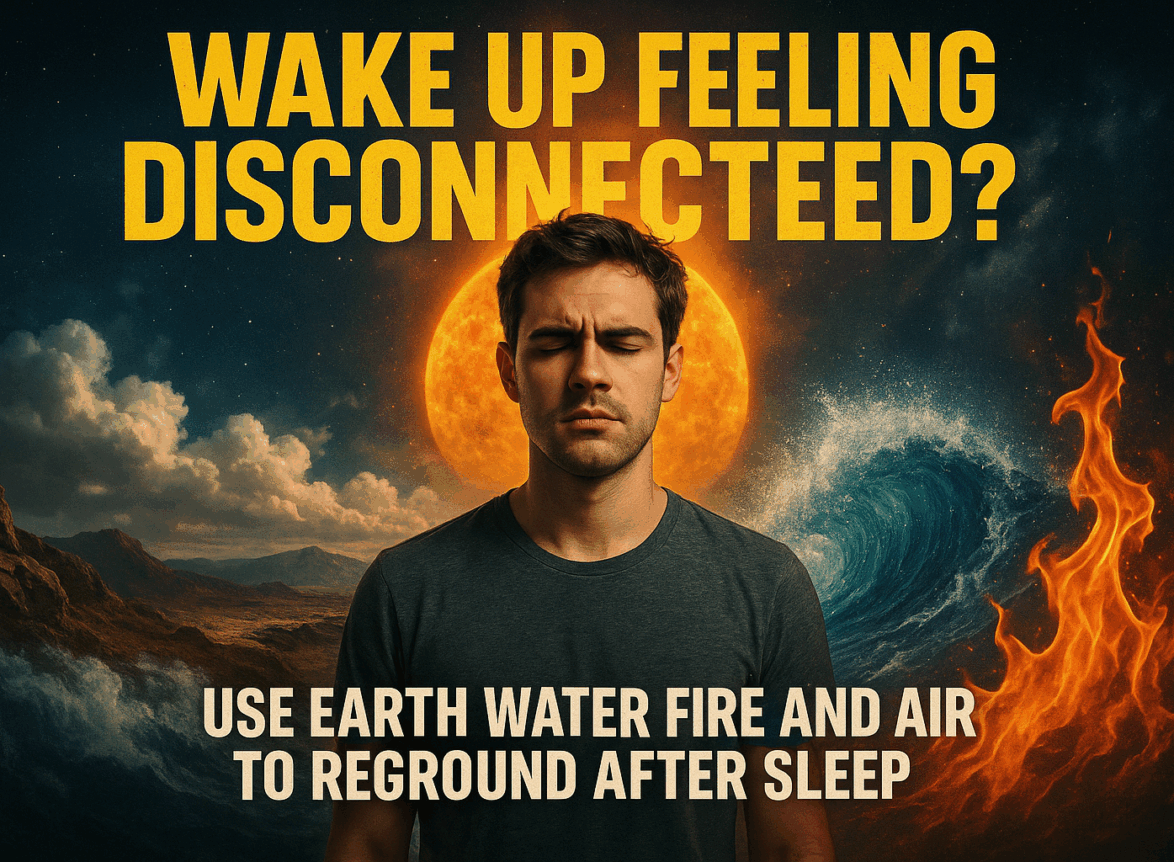
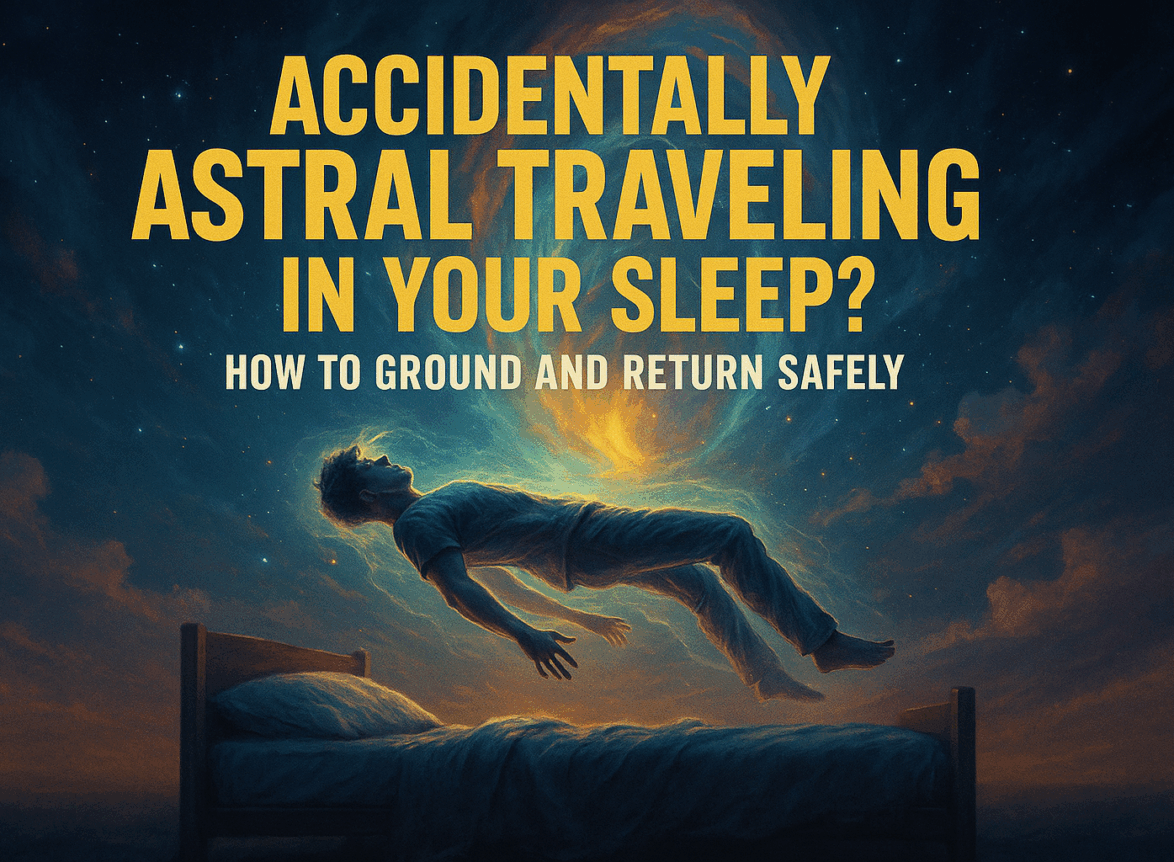
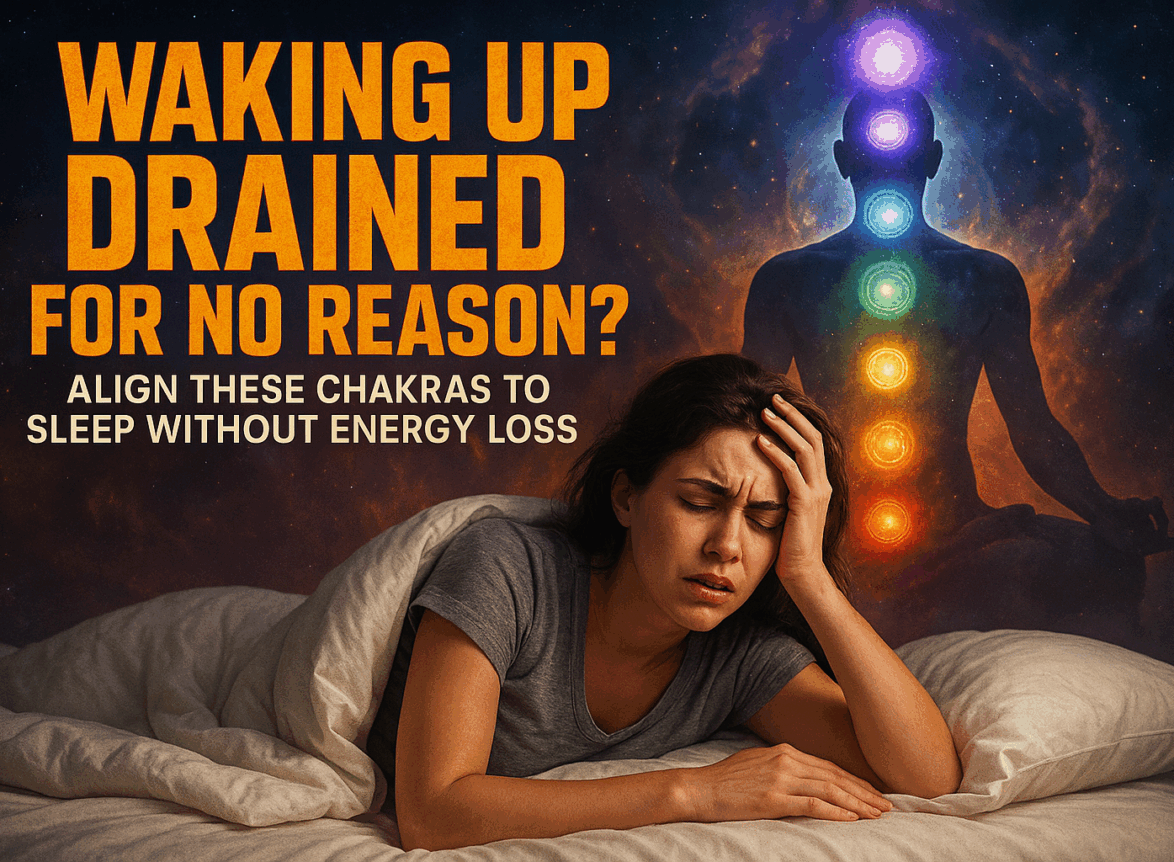
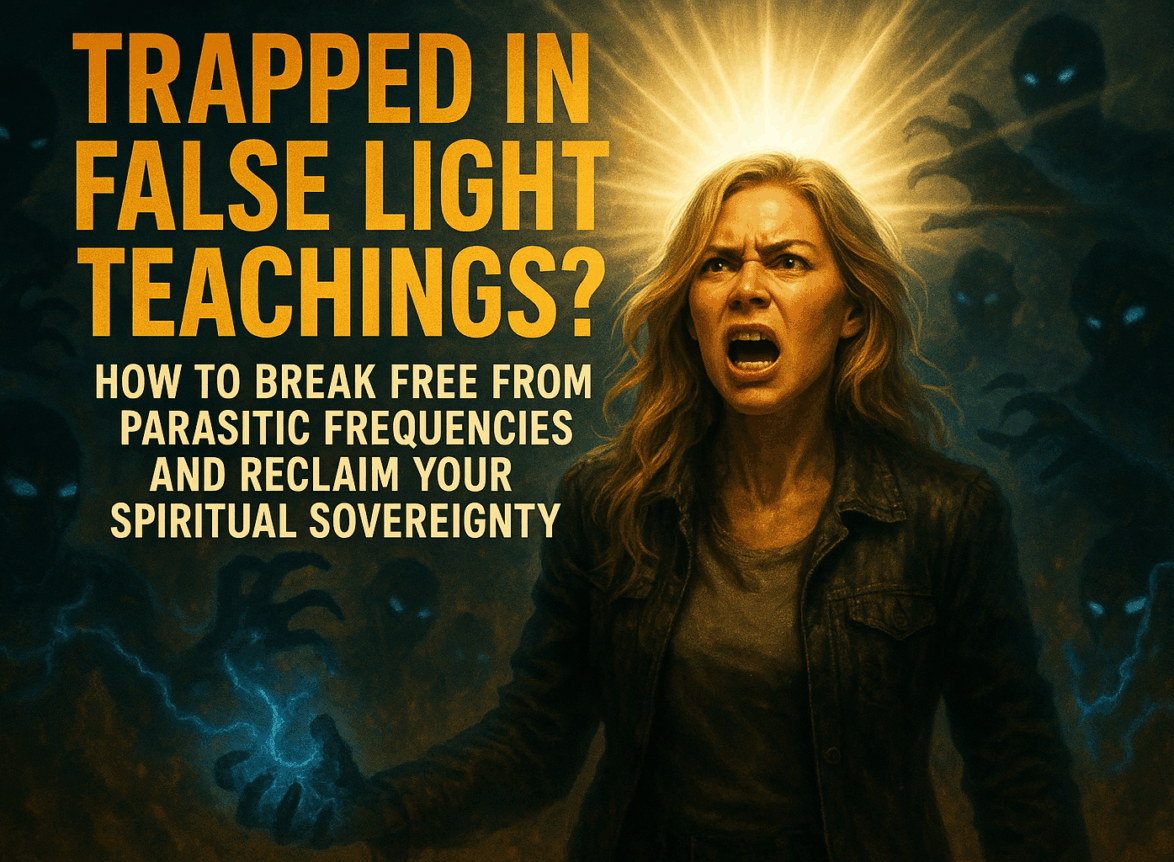
Leave a comment
Your email address will not be published. Required fields are marked *